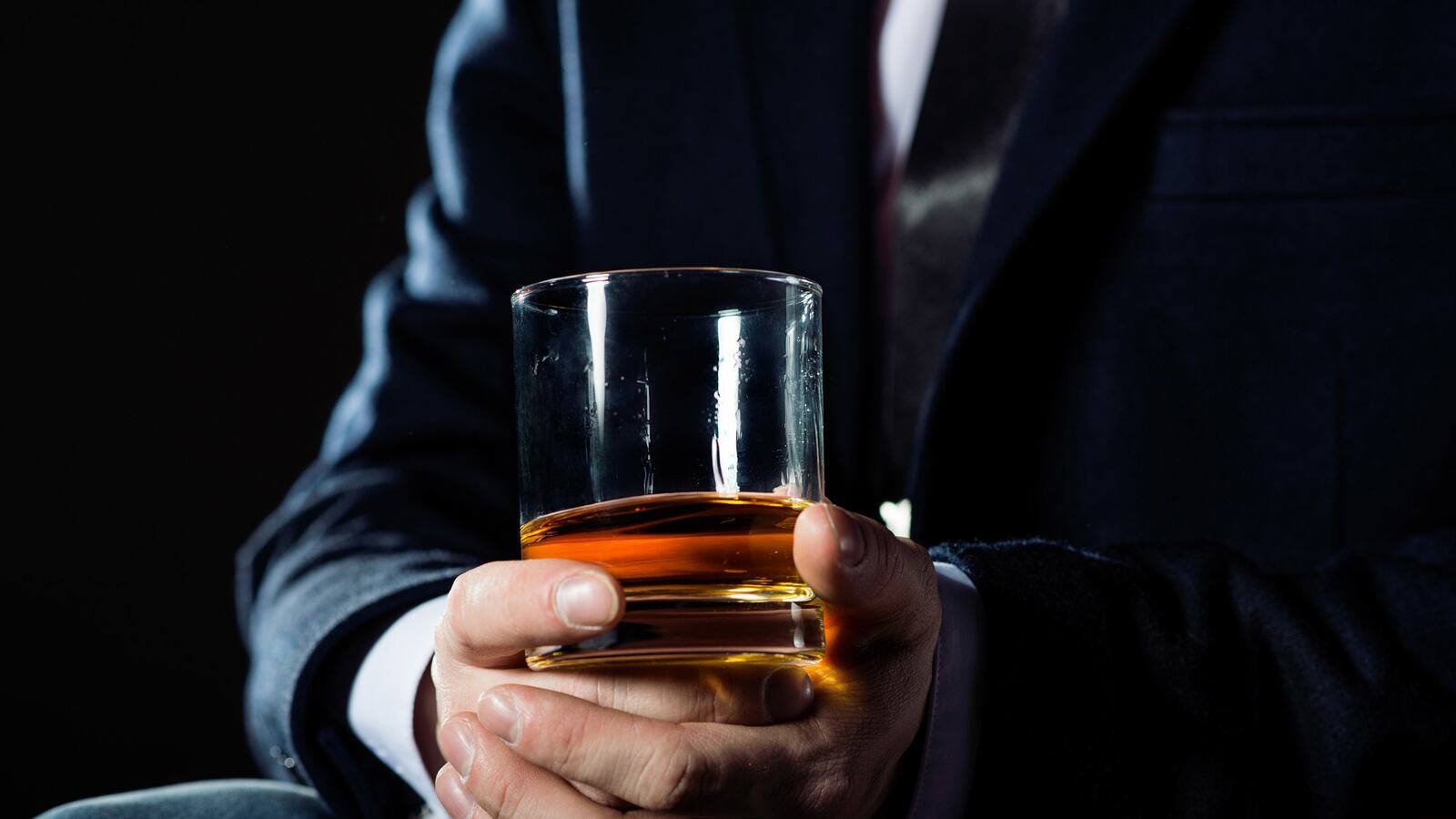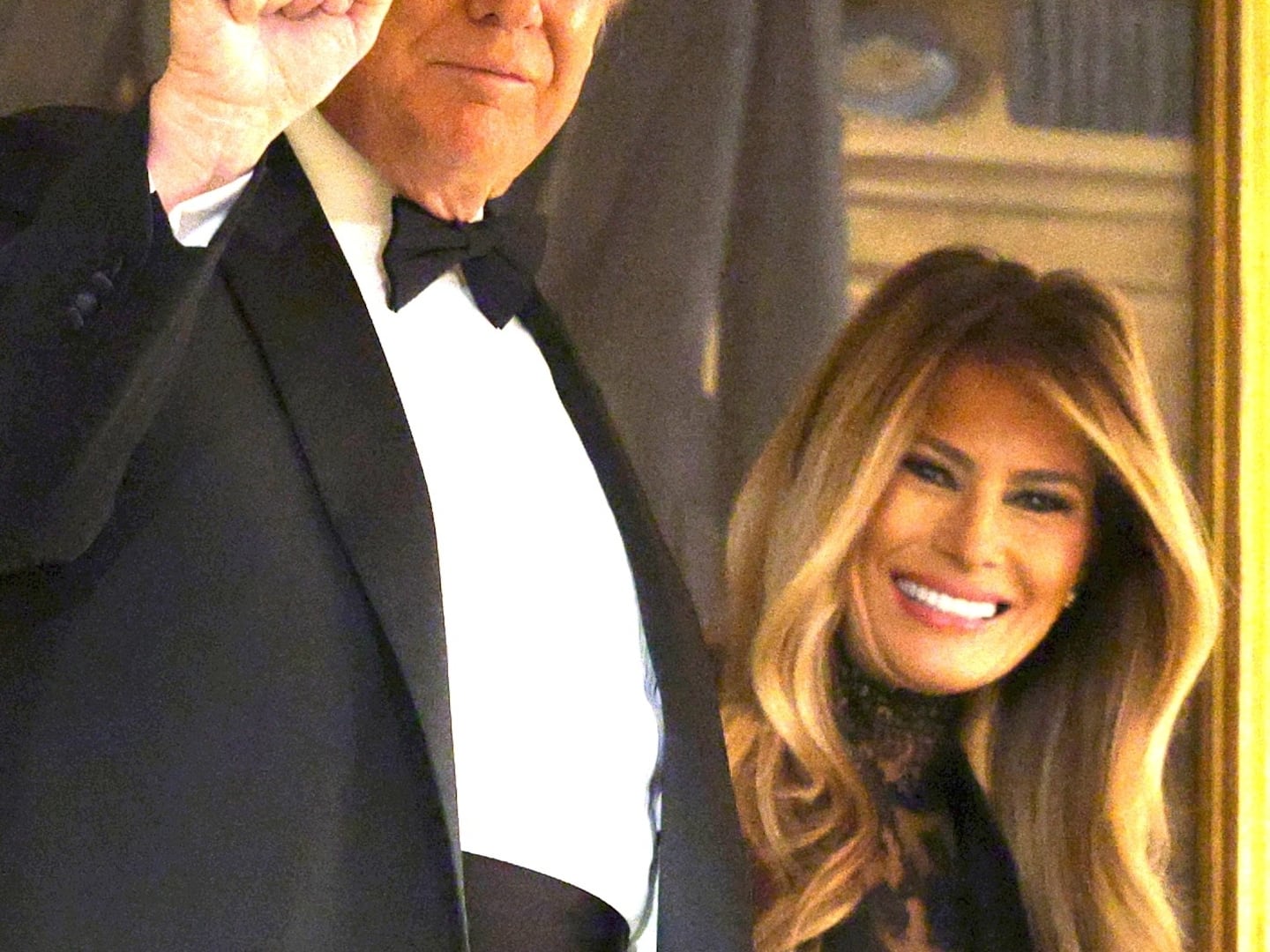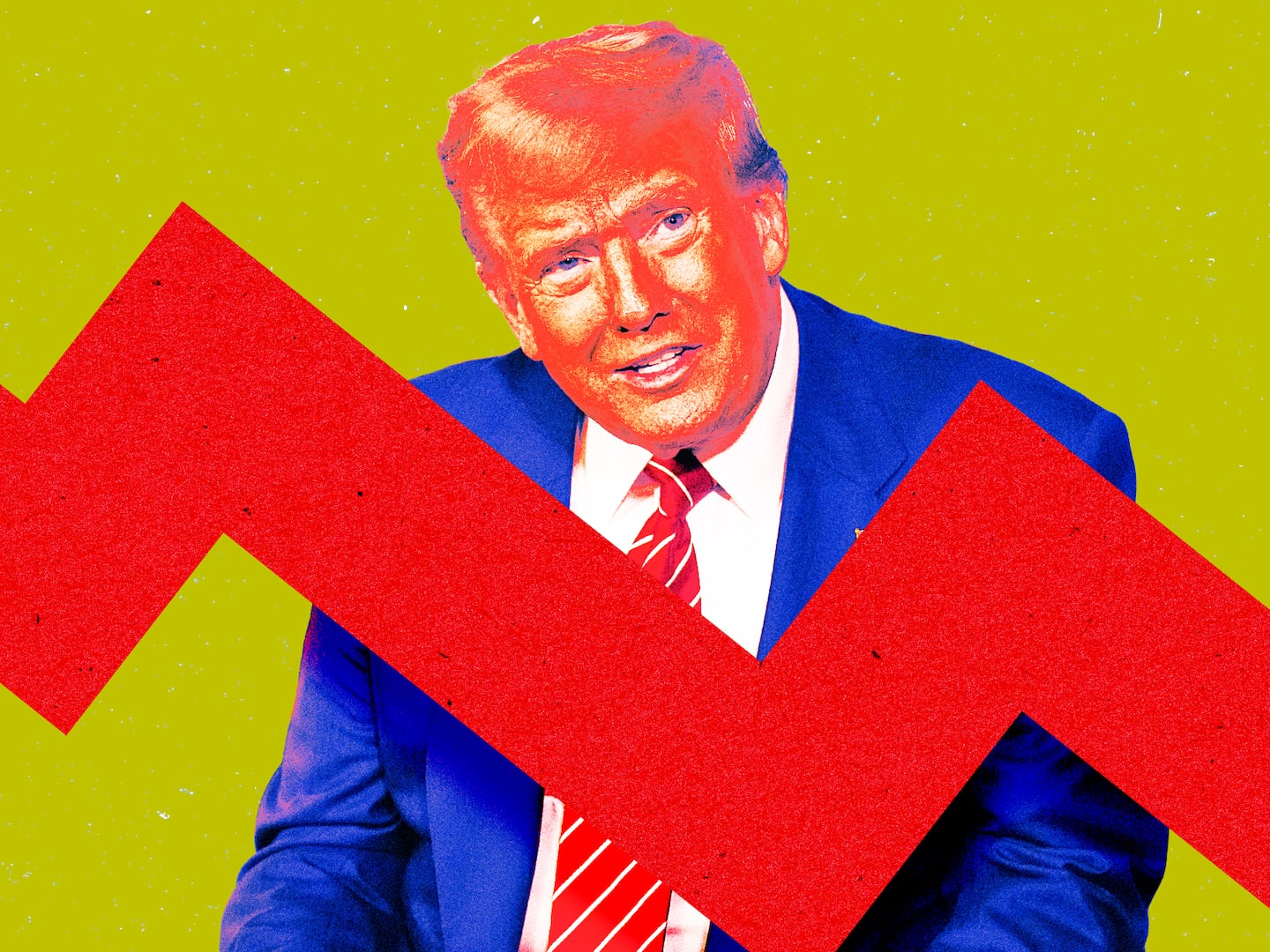Bill Thomas has 4,500 bottles of whiskey at his house and nearly 2,700 bottles at Jack Rose Dining Saloon, his Washington, D.C. bar and restaurant. Many of them are worth thousands of dollars and are one or two of a kind.
Despite their rarity, Thomas will open any one of them anytime. On the night I visited his home, we tasted an array of old and rare whiskies worth about $7,000 total, including a 19-year old, 1982 W.L. Weller Bourbon that currently fetches $2,500 at auctions and private sales.
But Thomas is far from alone. Thanks to an increased demand and interest in bourbon, rye and Scotch, there’s now a real pandemonium for vintage and rare whiskies in the United States and around the globe.
There are a few sources for the most sought-after whiskies. The most common and easiest to find are limited-edition bottling from modern distilleries that contain rare or “experimental” liquor. Why do they bother? The short answer is distillers release special whiskies a few times a year, like during the holidays or before Father’s Day, to generate media and collector attention. Depending upon how well they’re received, collectors like Thomas may snap up these whiskies for their collection causing their price on the secondary market to escalate.
The suggested retail price of these whiskies can range from the reasonable, under $50, to the extreme, like Macallan’s new 65-year-old single malt. It just went on sale last week and sells for $35,000 a bottle if you can get your hands on one of the 300 allocated for the US. It does come in a special Lalique decanter, which is a collectible in itself.
The rarest of these offerings are ones that are from distilleries that are no longer around, so-called ghost distilleries. While the stills may be long gone some of the barrels have been saved and looked after. The world’s largest liquor company Diageo is bottling a number of these whiskies under its aptly named Orphan Barrel Whiskey Distilling Co. brand. As part of the program, it has put out a number of interesting spirits, including the 20-year-old Barterhouse Bourbon, which was found in an old Stitzel-Weller warehouses in Louisville.
There are also a number of Scotch distilleries that were mothballed or closed but stocks of their single malt survived. Two popular ghost distilleries with drinkers and collectors are Port Ellen and Ladyburn. While you can still buy bottles of these Scotches now, some collectors are stockpiling them in hopes that the price will skyrocket when you can no longer find it in stores.
Over the last few years, collectors are also looking to people’s personal liquor cabinets as a source of rare bottles. That bottle your great grandmother never opened from your uncle’s wedding might actually be worth something.
The night I went to Thomas’ house, he had just brought home three bottles of a 1913 American whiskey by the Pennsylvania Gibson distillery in an original wooden crate, which he’d pick up from a local family’s estate for $250 each.
He admits buying alcohol at an estate sale or from an individual is a gamble, since you have no idea how the bottles were stored. “When I bought this I thought I’d be throwing $750 down the toilet,” he admits. But, fortunately, spirits are a lot heartier than wine and can be quite delicious even hundreds of years later if they’ve never been opened, stored upright and kept at room temperature.
How’d the Gibson whiskey taste? It needed a little filtering but was delicious with bright spice notes and a lush mouthfeel. Not bad for a whiskey made more than century ago






